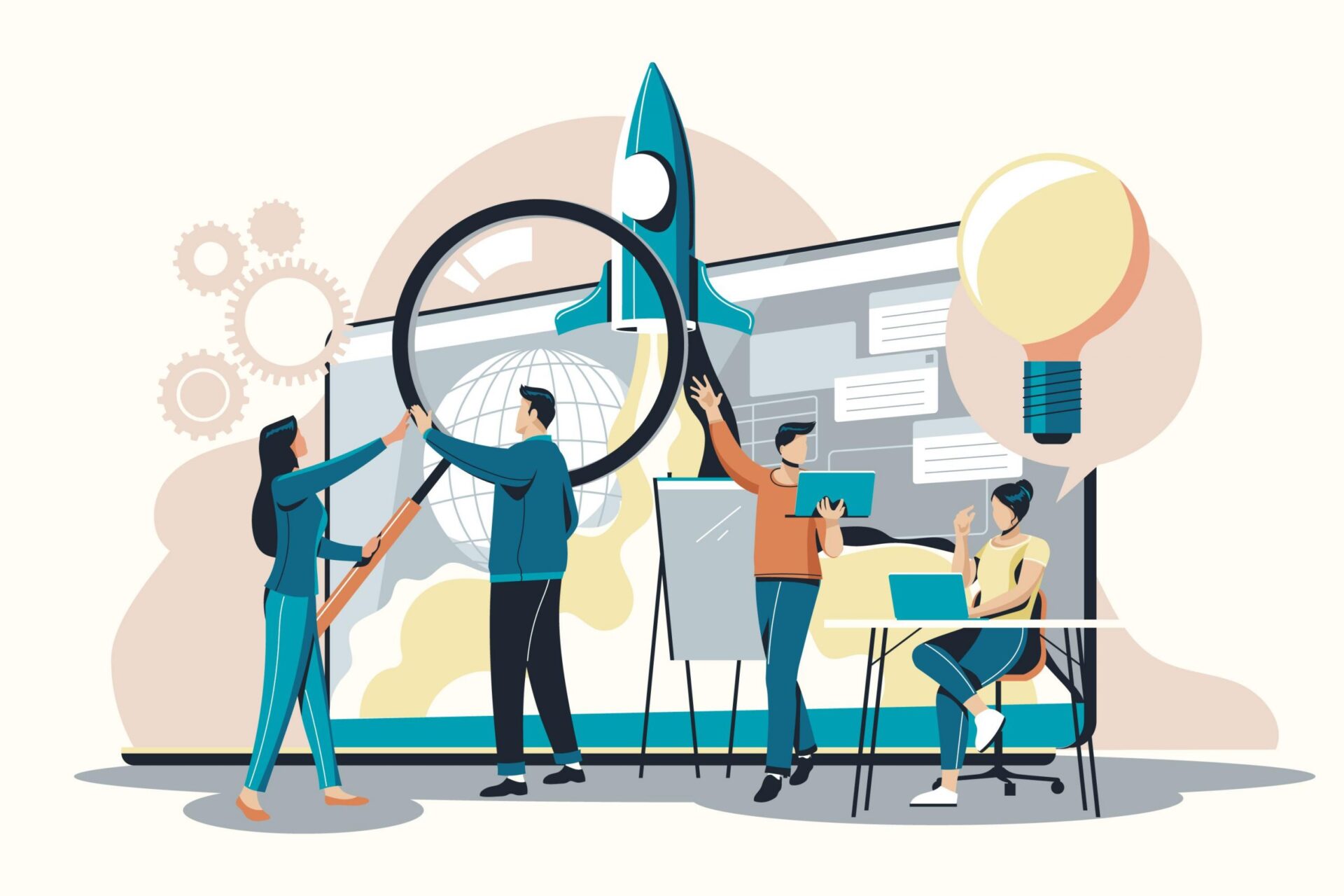Bruce Tuckman was an American Psychological Researcher who published a theory known as ‘Tuckman’s Stages of Group development’ in 1965. In this theory, he explained how healthy teams bind over time. Tuckman’s model identifies the five stages through which team development progress: forming, storming, norming, performing, and adjourning.
Team development is made up of five stages, each representing a step along the team-building ladder. It shows how the team members progress from being strangers to each other into a high-performing team that works towards a common goal.
Tuckman’s stages are centered around his research on team development. Developing high-performance teams involves learning how to collaborate efficiently and effectively. Research has demonstrated that teams go through distinct stages during development. Bruce Tuckman identified a five-stage process for achieving high-performance teams. Here are each of those stages, the challenges that arise, and how leaders can guide their team onto the next phase of team development:
1. Forming Stage
Forming is the first stage of team development. It requires different people with different expertise. At this stage, the team members don’t know much about each other. It can be considered as the period of orientation when everyone is getting to know each other and becoming familiar. The forming stage is where the team discusses team goals, individual goals, ground rules, and strategy. The team should share its skills, backgrounds, and interests.
Team needs: Team mission and vision, establish objectives and tasks, identify roles and responsibilities of team members.
Leadership needs: Provide project guide and instructions, provide structure and task direction, allow for get-acquainted time, and active involvement.
2. Storming Stage:
This stage is the most crucial stage of team development. It’s inevitable, there’s going to be conflict. The clash arises between the team members when they all have their own individual personalities and work styles. At this stage, they come to know about the flaws of the team members. So they become frustrated with each other and may argue. The performance may decrease at this stage because the energy is spent on unproductive activities. It is the most difficult and critical stage to pass through. In order to get bottlenecked in the storming stage, the team has to work together and play to each other’s strengths to overcome obstacles and stay on pace.
Team needs: Effective listening, conflict resolution, interpersonal and intrapersonal relationships, clarifying and understanding the team’s purpose.
Leadership needs: Acknowledge conflict and suggest consensus amongst team members, offer support and praise, and the concept of shared leadership emerges.
3. Norming Stage:
The norming stage occurs when the team members become more comfortable working together. Team performance increases at this stage as the team members start focusing on team goals and being cooperative with each other. The team starts to notice and appreciate each other’s strengths and the team begins to settle into a groove. Everyone is talking together, helping to solve problems, and remembering to use nonverbal cues such as eye contact and facial expressions. The whole focus and energy of the team members are on the tasks. They have the freedom to express themselves and contribute to the activities.
Team needs: Offer ideas and suggestions, utilize all resources to support team effort, develop a decision-making process, and problem-solving is shared.
Leadership needs: Give feedback and support team decisions, promote team interactions, and ask for a contribution from all team members.
4. Performing Stage:
High performance is the name of the game. At this stage, the team is more organized, mature, and well functioning. The consensus and cooperation are well established at the performing stage. The team is now comfortable working together, has strong relationships built, and streamlined its processes. The team reaches peak productivity and quickly runs towards the end goal. True interdependence is the norm of this stage of team development. The team needs to be flexible as the team members adapt to meet the needs of the other team members.
Team needs: Maintain team flexibility, measure knowledge performance, move in the collaborative direction, and provide information and results.
Leadership needs: Observing, acquiring, and fulfilling team needs, offering positive reinforcement and support, and collaborative efforts amongst team members.
5. Adjourning Stage:
This is the final stage of team development. This stage occurs when the team has completed the project and the team members now have to move on to other endeavors. While employees generally feel accomplished at the end of a mission, they may also feel disappointed that the experience is over especially if they made close relationships with the team members. the project as a whole is being wrapped up, and final tasks and documentation are completed. The team members also debrief and discuss what went well and what could be improved on the projects in the future.
Team needs: Evaluate the efforts of the team, tie up loose ends and tasks, and recognize and reward team efforts.
Leadership needs: Help the team develop options for termination, and reflection, and carry forth collaborative learning to the next opportunity.
